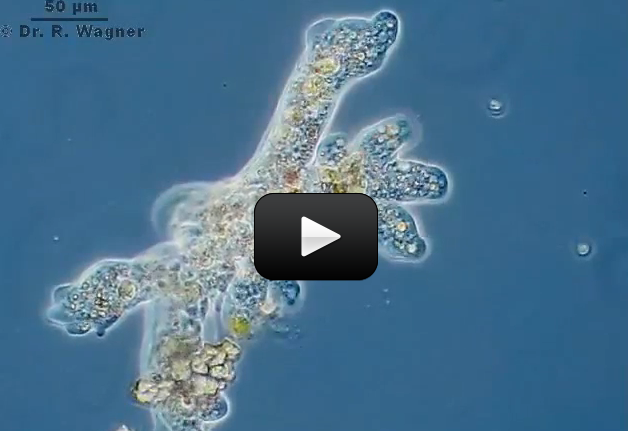If your kitchen is like most kitchens, you probably have cabinets for cups and pots and pans, along with drawers for silverware and cooking utensils. You might also have a drawer you call the “junk drawer.” The things in this drawer aren’t actually “junk.” If they were, you’d throw them away. Instead, things usually get put here because they just don’t fit anywhere else.
You might be surprised to learn that the system for classifying organisms has its own “junk drawer.” It’s called the protist kingdom. Its members, like the contents of your kitchen junk drawer, are important, but don’t fit nicely in one of the other kingdoms.
Broadly, protists can be classified as animal-like, plant-like, or fungus-like. It is important to remember that being “animal-like” does not make a protist an animal. Such and organism, like plant-like or fungus-like protists, are members of an entirely different group of living things.
Please login or register to read the rest of this content.


it kind of lookt like a grafe.
-mia
It was really cool.
wow at first it looked like it was growing but it was really just moving 🙂
Sophia